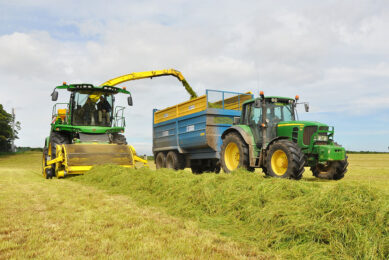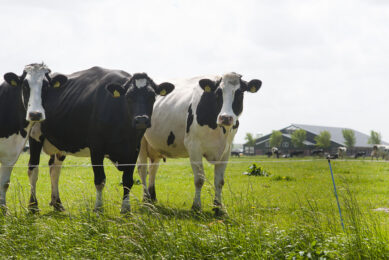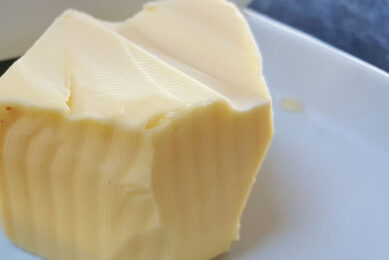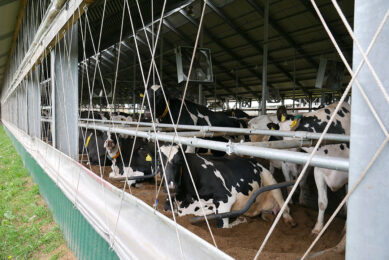Ukraine-Russia conflict: Multi-layered impacts on dairy
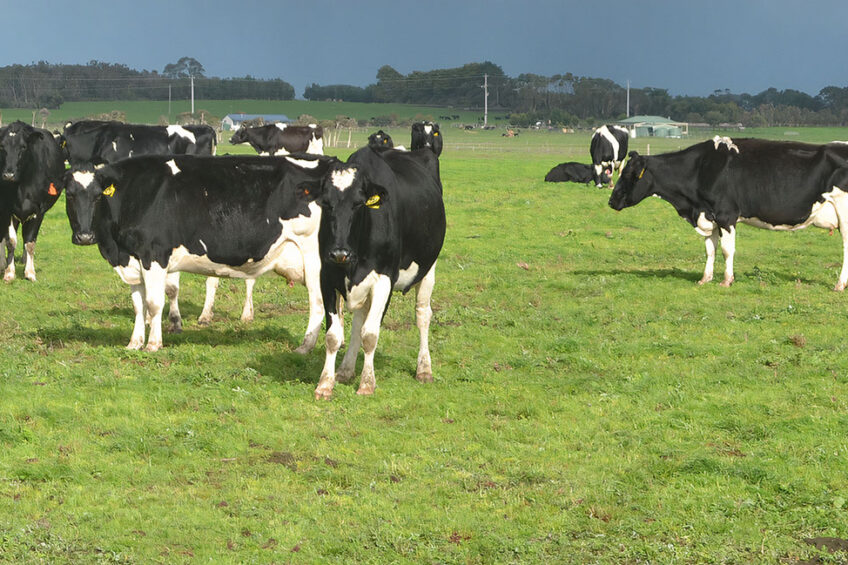
The impacts of the Ukraine-Russia conflict on the global dairy markets are multi-layered, Rabobank says in a recent report. “Higher feed and fertiliser prices will only serve to limit milk supply growth in an already tight market.”
According to the Rabobank report, there will be some impact in Australia as a result of the tightened sanctions on Russia. The trade from Russia, and potentially Belarus in the future, will be heavily slowed, in addition to an existing export stop in Ukraine.
“SWIFT sanctions might already have enough indirect impact on the grain, fertiliser and energy trade to drive a disruption of exports from the region,” Rabobank emphasises. “A lasting disruption of trade flows from all 3 countries would trigger a massive price increase for grains as well as for inputs like fertiliser and diesel.”
OVERVIEW OF GLOBAL DAIRY MARKET PRICES
Rabobank says that sanctions that have been introduced thus far still allow for some Russian exports, but at much lower levels. Direct export restrictions on food staples are highly unlikely due to humanitarian reasons, while a restriction on energy and fertiliser might be a next measure. “With it the risk for Australian farmers is that their output prices might not rise as dramatically, but input prices might face another strong upward push.”
A drag on processing margins
According to the report, Russia is no longer a major importer of dairy. Following sanctions introduced back in 2014, Russia has invested in local milk production capabilities. “However, the impacts of conflict in Europe on global dairy markets are multi-layered. Higher feed and fertiliser prices will only serve to limit milk supply growth in an already tight market. Higher energy costs pose further inflationary risks, which could impact discretionary dairy purchases in emerging markets.”
Rabobank explains that the profit pool of the Australian dairy industry is being squeezed. “The latest earnings updates from some dairy companies provided a glimpse at the processing sector’s performance,” the report says. “Higher milk prices were a drag on processing margins, but significant pandemic-related costs were also reported due to the Omicron wave early.”
The ANZ bank says in a new report that, according to the latest production figures, for the fifth successive month Australia’s milk production has been below the same month in the previous year. If this trend continues, Australia’s 2021-2022 milk production could potentially be heading for an overall figure of 8.6 billion litres, which would be around 200 million litres down on the previous marketing year.
Dairy country being turned over
Based on the figures, the trends in year-on-year milk production differed markedly by region, ANZ points out. This could be driven by a variety of factors. Differences in rainfall by region may have impacted pasture growth, which could have a flow-on effect on milk production, given the regional herd sizes remained the same.
“However, it could also be a result of the ongoing strength of the beef cattle market, and the impact of more dairy country being turned over to beef operations”, ANZ says. “For some dairy regions, a similar challenge could be coming from the ongoing strength in the sheep industry, backed by strong lamb and mutton prices.”
ANZ explains that a further indication of the challenge to a sharp revival for the dairy industry is reflected in the trends for the overall dairy herd. “Under the figures, both Australia’s dairy cattle herd, as well as the milking herd, show no sign at the moment of reversing the downward trend they have now been following for the past decade. Indeed, the current 2021-2022 forecasts of a dairy cattle herd of 2.3 million head and a milking herd of 1.4 million head would both equal the lowest points in at least the last 30 years.”
OVERVIEW OF GLOBAL DAIRY MARKET PRICES
A time for optimism
While the overall volume of production, as well as the dairy herd, are each remaining low, Australia’s dairy producers are doing well. “For a start, at a farm management level, average milk yields per cow have continued their ongoing steady rise,” ANZ emphasises. “It is admirable that the forecast average yield for 2021-2022 of around 6,600 litres is more than double the average figure in 1983-1984.”
ANZ says that for Australia’s estimated 4,600 dairy farmers, the current market is also a time for optimism, given the current high farmgate prices. “In particular, the record farmgate prices currently being paid to the dairy farmers in New Zealand, the world’s largest dairy exporter, is reflective of the current global conditions and bode well for Australian producers for the months ahead.”
As most global economies continue their recovery from the major Covid-19 disruptions, consumer demand for the dairy products continue to strengthen. However, in terms of supply, each of the major global producers is seeing little to no growth, putting upward pressure on prices.
Rabobank says that production from New Zealand has been essentially flat for the 12 months year-on-year, while the EU has seen a similar trend based on declines in Germany, France, and the Netherlands. In the US, milk production was up slightly over the last 12 months, but production there is also likely to decline in the coming years as the herd goes through a contraction in size.



